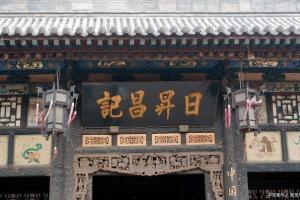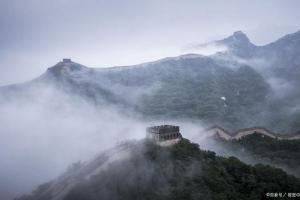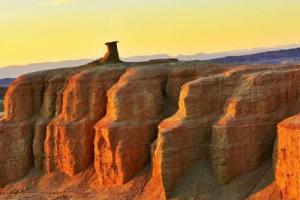All the classic knowledge from 5000 years ago in China is too comprehensive. Let's leave it to our children
The final review is approaching, and Teacher Xiao Xie has collected some writing materials that will be used in primary school. Come and accumulate them together, and strive to become a "writing expert"!
1. [Twelve Zodiac Signs]
Zimo, Chou Niu, Yin Hu, Mao Tu, Chen Long, Si She, Wu Ma, Wei Yang, Shen Hou, You Ji, Xu Gou, Hai Zhu
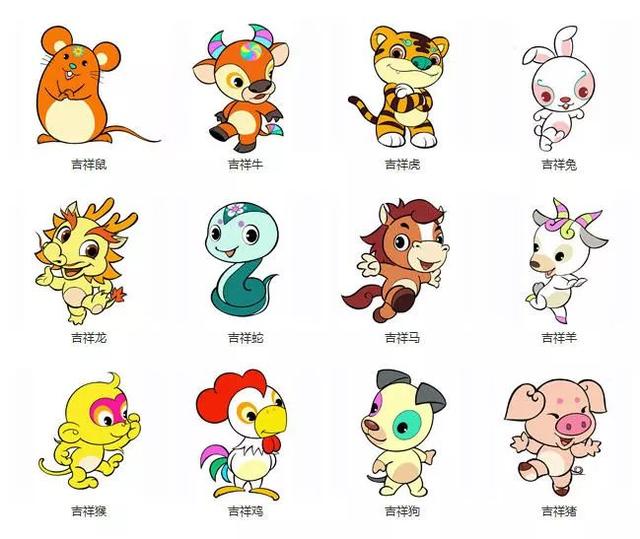
2. 【 Top Ten Famous Tea 】
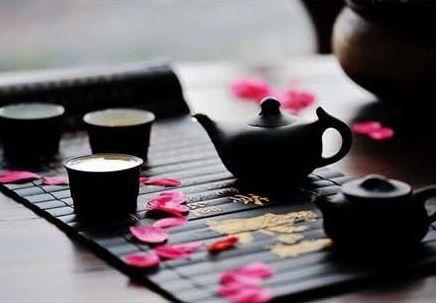
West Lake Longjing (Hangzhou West Lake District, Zhejiang Province), Biluochun (Dongting Mountain Biluo Peak in the Taihu Lake Lake, Wu County, Jiangsu Province), Xinyang Maojian (Cheyun Mountain, Xinyang, Henan Province), Junshan Silver Needle (Junshan Mountain, Yueyang, Hunan Province), Lu'an Gua Pian (Qiyun Mountain in Liu'an and Jinzhai counties, Anhui Province), Mount Huangshan Maofeng (Mount Huangshan Mountain, She County, Anhui Province), Qimen Black Tea (Qimen County, Anhui Province), Duyun Maojian (Duyun County, Guizhou Province), Tie Guanyin (Anxi County, Fujian Province), Wuyi Rock Tea (Chong'an County, Fujian Province)
3. [Four Famous Embroideries]

Suzhou Embroidery, Hunan Embroidery, Sichuan Embroidery, and Guangdong Embroidery
4. [Four Famous Fans]
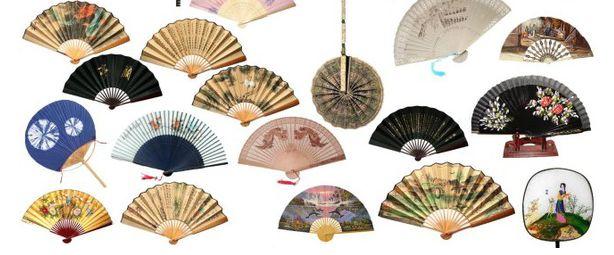
Sandalwood Fan (Jiangsu), Fire Painting Fan (Guangdong), Bamboo Silk Fan (Sichuan), Silk Fan (Zhejiang)
5. [Four Famous Flowers]
Peony (Luoyang, Henan), Narcissus (Zhangzhou, Fujian), Chrysanthemum (Hangzhou, Zhejiang), Camellia (Kunming, Yunnan)
6. [the Four Great Inventions]
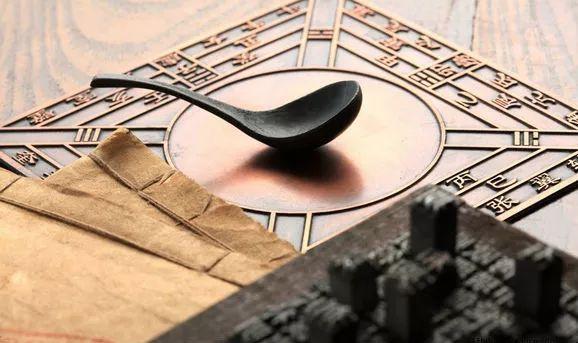
Paper making (Eastern Han Dynasty, Cai Lun), gunpowder (Tang Dynasty, ancient alchemist), printing (Northern Song Dynasty, Bi Sheng), compass (Northern Song Dynasty, inventors unknown)
7. [Ancient Major Festivals]
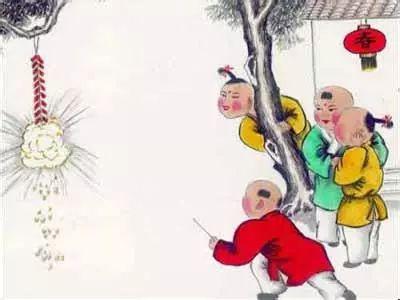
New Year's Day: On the first day of the first lunar month, the year begins.
Human Day: On the seventh day of the first lunar month, the main child.
Shangyuan: On the fifteenth day of the first lunar month, lanterns are used for performances, also known as "Lantern Festival"
Social Day: Before and after the Spring Equinox, worship and pray for agricultural activities.
Cold Food: Two days before Qingming Festival, three days of fire ban (Wu Zixu)
Qingming Festival: In early April, tomb sweeping and sacrificial ceremonies are held.
Dragon Boat Festival: on the fifth day of May, eat Zongzi and row dragons (Qu Yuan)
Qixi: On the seventh day of July, women beg for skills (Niulang and Zhinv)
Zhongyuan: On the fifteenth day of the seventh lunar month, it worships ghosts and gods, also known as "Ghost Festival"
Mid Autumn Festival: On the fifteenth day of the eighth lunar month, admiring the moon and homesickness
Double Ninth Festival: On the ninth day of the ninth lunar month, climb high and insert Cornus officinalis to avoid disasters
Winter Solstice: also known as the "solstice", the starting point of the solar term.
On the eighth day of the twelfth lunar month, drink "Laba Congee"
New Year's Eve: On the last night of the year, the old year welcomes the new
8. [Four Books]
Analects, Doctrine of the Mean, Great Learning, Mencius
9. [Five Classics]
Book of Songs, Book of Documents, Book of Rites, Book of Changes, Spring and Autumn Annals
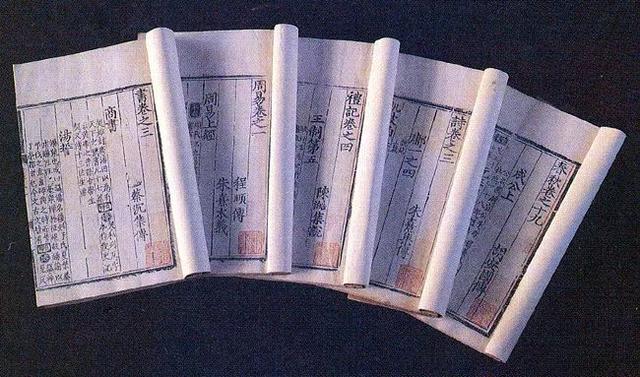
10. [Eight Part Writing]
Problem solving, taking on the topic, starting the lecture, getting started, starting the stock, middle stock, back stock, and bound stock
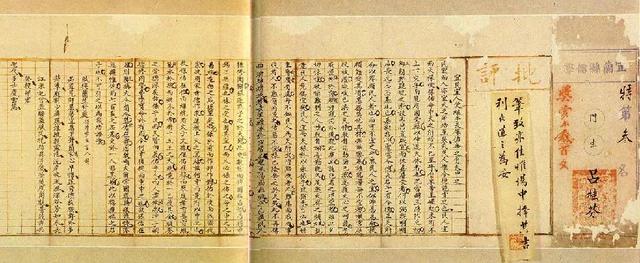
11. [Complete Works of Six Sons]
"Laozi", "Zhuangzi", "Liezi", "Xunzi", "Yangzi Fayan", "Zhongzhongshuo"
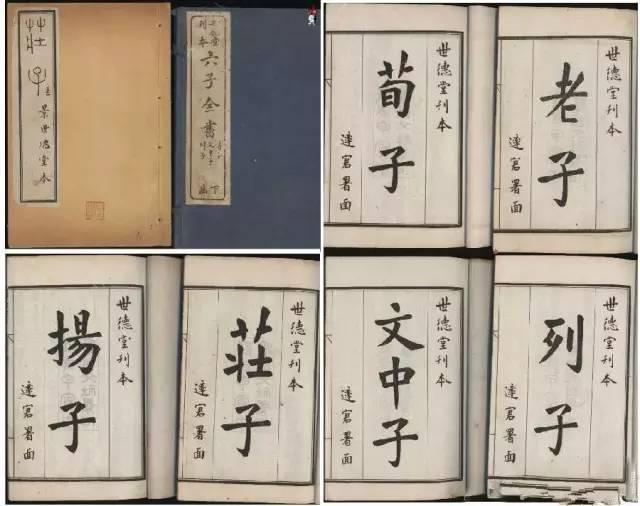
12. [Six Books of Chinese Characters]
Ideographic, referential, phonetic, understanding, transposition, and borrowing
13. [Nine Forms of Calligraphy]
Writing, turning, hiding peak, hiding head, protecting tail, illness, grazing pen, astringency, horizontal scale and vertical strangulation
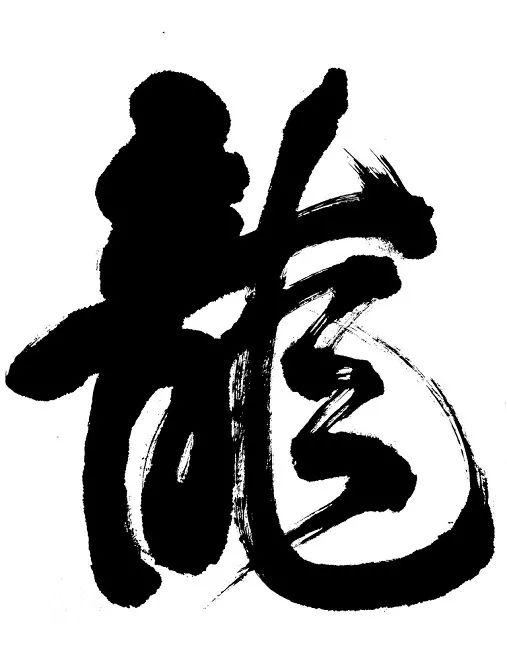
14. [Seven Sages of the Bamboo Forest]
Ji Kang, Liu Ling, Ruan Ji, Shan Tao, Ruan Xian, Xiang Xiu, Wang Rong
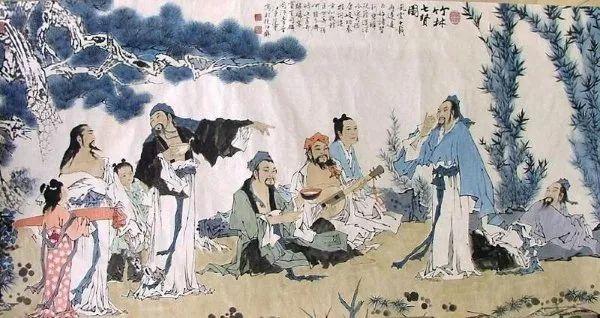
15. [Drinking the Eight Immortals]
Li Bai, He Zhizhang, Li Shizhi, Li Qian, Cui Zongzhi, Su Jin, Zhang Xu, Jiao Sui
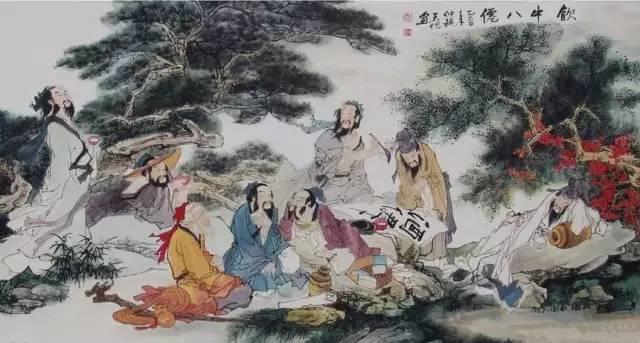
16. 【 Eight Immortals of Shu 】
Rong Chenggong, Li Er, Dong Jishu, Zhang Daoling, Yan Junping, Li Babai, Fan Changsheng, Mr. Erzhu
17. [Yangzhou Eight Monsters]
Zheng Banqiao, Wang Shishen, Li Gui, Huang Shen, Jin Nong, Gao Xiang, Li Fangying, Luo Pin
18. The Four Great Masters of the Northern Song Dynasty
Huang Tingjian, Ouyang Xiu, Su Shi, Wang Anshi
19. [Eight Masters of Tang and Song Classical Prose]
Han Yu, Liu Zongyuan, Ouyang Xiu, Su Xun, Su Shi, Su Zhe, Wang Anshi, Zeng Gong
20. [Thirteen Classics]
The Book of Changes, Book of Songs, Shangshu, Book of Rites, Yili, Gongyang, Guliang, Zuo, Xiaojing, Analects of Confucius, Erya, and Mencius
21. [Four Folk Legends]
"Cowherd and Weaver Girl", "Meng Jiangnu", "Liang Shanbo and Zhu Yingtai", "White Snake and Xu Xian"
22. [Four Major Cultural Heritage Sites]
"Ming and Qing Archives", "Oracle Bones of Yin Ruins", "Juyan Han Bamboo Slips", "Dunhuang Scriptures"
23. The Four Great Dramas of the Yuan Dynasty
Guan Hanqing's "Dou E's Injustice", Wang Shifu's "Records of the Western Chamber", Tang Xianzu's "Peony Pavilion", Hong Sheng's "Changsheng Hall"
24. The Four Great Condemnation Novels of the Late Qing Dynasty
Li Baojia's "Record of the Appearance of the Officialdom", Wu Woyao's "Twenty Years of Witnessing the Strange Current Situation", Liu E's "Travels of the Old Disabled", Zeng Pu's "Flowers in the Sea of Evil"
25. [Five Colors]
Blue, yellow, red, white, black

26. [Five Tones]
Gong, Shang, Jiao, Zheng, Yu
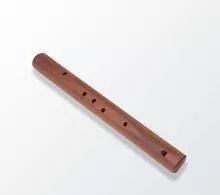
27. [Seven Treasures]
Gold, Silver, Glass, Coral, Tridacna, Pearl, Agate
28. [Nine Palaces]
Zhenggong, Zhonglu Palace, Nanlu Palace, Xianlu Palace, Huangzhong Palace, Damiandiao, Shuangdiao, Shangdiao, Yuediao
29. [Seven Arts]
Painting, music, sculpture, drama, literature, architecture, film
30. [Four Famous Porcelain Kilns]
Porcelain state kiln in Hebei, Longquan kiln in Zhejiang, Jingdezhen kiln in Jiangxi, and Dehua kiln in Fujian
31. [Four Famous Dans]
Mei Lanfang, Cheng Yanqiu, Shang Xiaoyun, Xun Huisheng
32. [Six Rites]
Crown, marriage, funeral, sacrifice, rural drinking, and meeting each other
33. [Six Arts]
Ritual, music, archery, imperial music, calligraphy, and numerology
34. [Six Righteousness]
Fu, Bi, Xing, Feng, Ya, Song
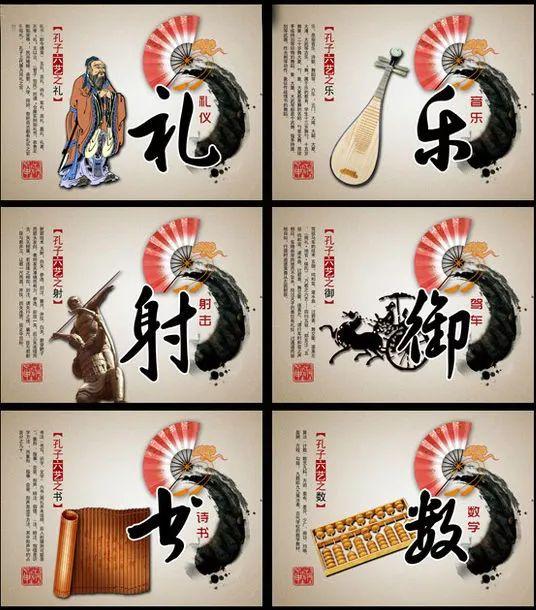
35. [Eight Banners]
Set Yellow, True Yellow, Set White, True White, Set Red, True Red, Set Blue, Set Blue
36. [Ten Evil]
Rebellion, rebellion, rebellion, evil rebellion, immorality, great disrespect, unfilial piety, discord, injustice, internal strife
37. [Jiuliu]
Confucianism, Taoism, Yin Yang School, Legalism, Famous School, Mohist School, Zongheng School, Zajia School, and Nongjia School
38. [Three Mountains]
Mount Huangshan, Anhui, Lushan, Jiangxi, Yandang, Zhejiang
39. Wuling
Yuechengling, Dupangling, Mengzhuling, Qitian Ridge, Dayu Ridge
40. [Five Sacred Mountains]
(Zhongyue) Songshan Mountain in Henan, (Dongyue) Mount Taishan Mountain in Shandong, (Xiyue) Huashan Mountain in Shaanxi, (Nanyue) Hengshan Mountain in Hunan, (Beiyue) Hengshan Mountain in Shanxi
41. [Five Lakes]
Poyang Lake (Jiangxi), Dongting Lake (Hunan), the Taihu Lake Lake (Jiangsu), Hongze Lake (Jiangsu), Chaohu Lake (Anhui)
42. [Four Seas]
Bohai Sea, Yellow Sea, East China Sea, South China Sea
43. [Four Famous Bridges]
Guangji Bridge, Zhaozhou Bridge, Luoyang Bridge, Lugou Bridge
44. [Four Famous Gardens]
Summer Palace (Beijing), Summer Resort (Chengde, Hebei), Humble Administrator's Garden (Suzhou, Jiangsu), and Lingering Garden (Suzhou, Jiangsu)
45. [Four Famous Temples]
Lingyan Temple (Changqing, Shandong), Guoqing Temple (Tiantai, Zhejiang), Yuquan Temple (Jiangling, Hubei), Qixia Temple (Nanjing, Jiangsu)
46. [Four Famous Buildings]
Yueyang Tower (Yueyang, Hunan), Huanghe Tower (Wuhan, Hubei), Tengwang Pavilion (Nanchang, Jiangxi), Daguan Tower (Kunming, Yunnan)
47. [Four Famous Pavilions]
Zuiweng Pavilion (Chuxian, Anhui), Taoran Pavilion (Xiannongtan, Beijing), Aiwan Pavilion (Changsha, Hunan), Huxin Pavilion (West Lake, Hangzhou)
48. [Four Ancient Towns]
Jingdezhen (Jiangxi), Foshan Town (Guangdong), Hankou Town (Hubei), and Zhuxian Town (Henan)
49. [Four Great Forest of Steles]
Xi'an Stele Forest (Xi'an, Shaanxi), Confucian Temple Stele Forest (Qufu, Shandong), Earthquake Stele Forest (Xichang, Sichuan), Nanmen Stele Forest (Kaohsiung, Taiwan)
50. [Four Famous Pagodas]
Songyue Temple Pagoda (Songyue Temple in Dengfeng, Henan), Feihong Pagoda (Guangsheng Temple in Hongdong, Shanxi), Shakyamuni Pagoda (Fogong Temple in Yingxian, Shanxi), Qianxun Pagoda (Chongsheng Temple in Dali, Yunnan)
51. [Four Grottoes]
Mogao Grottoes (Dunhuang, Gansu), Yungang Grottoes (Datong, Shanxi), Longmen Grottoes (Luoyang, Henan), Maijishan Grottoes (Tianshui, Gansu)
52. [Four major academies]
Bailudong Academy (Lushan, Jiangxi), Yuelu Academy (Changsha, Hunan), Songyang Academy (Songshan, Henan), Yingtian Academy (Shangqiu, Henan)
53. [Four Famous Buddhist Mountains]
Zhejiang Putuo Mountain (Avalokitesvara Bodhisattva), Shanxi Mount Wutai (Manjusri Bodhisattva), Sichuan Mount Emei (Samantabhadra Bodhisattva), Anhui Jiuhua Mountain (Tripitaka Bodhisattva)
54. [Four Great Taoist Mountains]
Wudang Mountain in Hubei, Longhu Mountain in Jiangxi, Qiyun Mountain in Anhui, Qingcheng Mountain in Sichuan
55. [Five Elements]
Metal, wood, water, fire, soil
56. [Bagua]
Qian (Tian), Kun (Di), Zhen (Lei), Xun (Feng), Kan (Shui), Li (Huo), Gen (Shan), Dui (Nuo)
57. [Three Emperors]
Fuxi, N ü wa, Shen Nong
58. [Five Emperors]
Taihao, Emperor Yan, Emperor Huang, Shaohao, Zhuanxu
59. [Three Teachings]
Confucianism, Taoism, and Buddhism
60. [Three Clears]
Yuanshi Tianzun (Qingwei Tianyu Qingjing), Lingbao Tianzun (Yuyu Tianqing Jingjing), Daode Tianzun (Dachitian Taiqing Jingjing)
61. [Four Imperial Guards]
Haotian Jinque Supreme Supreme Jade Emperor, Zhongtian Ziwei North Pole Emperor, Gouchen Shanggong Tianhou Emperor, Chengtian imitates Tuhuang Dizhi
62. [Eight Immortals]
Tie Guai Li, Zhong Liquan, Zhang Guolao, Lv Dongbin, He Xiangu, Lan Caihe, Han Xiangzi, Cao Guojie
63. [Eighteen Arhat]
Arhat in cloth bag, Arhat with long eyebrows, Arhat in plantain, Arhat in meditation, Arhat crouching tiger, Arhat crossing the river, Arhat in joy, Arhat descending dragon, Arhat sitting still, Arhat raising bowl, Arhat happy, Arhat watching the door, Arhat riding elephant, Arhat probing hand, Arhat tower, Arhat digging ear, Arhat laughing lion, Arhat sitting deer
64. [Eighteen Layers of Hell]
[First Layer] Mud Plow Hell, [Second Layer] Blade Mountain Hell, [Third Layer] Boiling Sand Hell, [Fourth Layer] Boiling Shit Hell, [Fifth Layer] Black Body Hell, [Sixth Layer] Train Hell, [Seventh Layer] Cooking Soup Hell, [Eighth Layer] Iron Bed Hell, [Ninth Layer] Covering Mountain Hell, [Tenth Layer] Cold Ice Hell, [Eleventh Layer] Peeling Hell, [Twelfth Layer] Animal Hell, [Thirteenth Layer] Blade Hell, [Fourteenth Layer] Iron Grinding Hell, [Fifteenth Layer] Cold Ice Hell, [Sixteenth Layer] Iron Book Hell, [Seventeenth Layer] Layer] Maggot Hell, [18th Layer] Copper Hell
65. [Five Organs]
Heart, liver, spleen, lungs, kidneys
66. [Six Organs]
Stomach, gallbladder, triple burner, bladder, large intestine, small intestine
67. [Seven Emotions]
Joy, anger, sorrow, joy, love, evil, desire
68. [Five Constants]
Ren, Yi, Li, Zhi, Xin
69. [Five Ethics]
Junchen, father and son, brothers, couples, friends
70. [Third Aunt]
Nuns, Taoist nuns, and Guagu
71. [Liu Po]
Grandma, Matchmaker, Teacher, Goddess, Medicine, and Stability
72. [Nine genera]
Great grandson, great grandson, grandson, son, body, father, grandfather, great grandfather, great grandfather
73. [Five Grains]
Rice, millet, millet, wheat, and beans
74. [Eight Major Chinese Cuisines]
Sichuan cuisine, Hunan cuisine, Shandong cuisine, Jiangsu cuisine, Zhejiang cuisine, Guangdong cuisine, Fujian cuisine, Anhui cuisine
75. [Five Poisons]
Scorpions, snakes, spiders, centipedes, toads
76. [Seven Prescriptions for Medication]
Dafang, Xiaofang, Slow Fang, Urgent Fang, Qi Fang, Even Fang, Compound Fang







